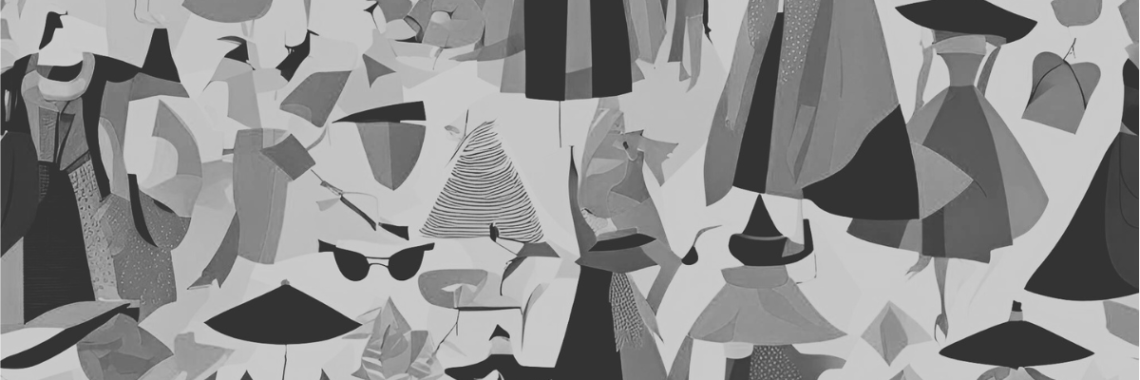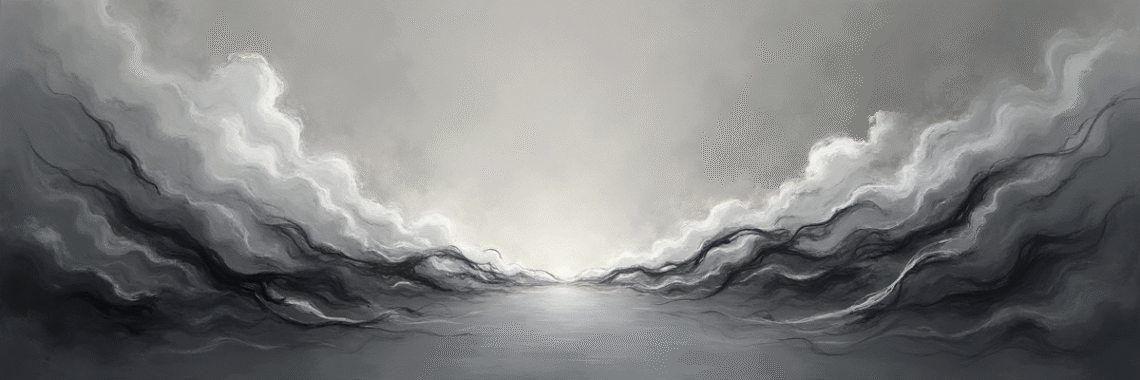A tour of two different costume houses was given the day before the actual conference started. We toured a custom leather goods store and learned about the process and how the company started. The other costume house discussed how they problem solved and created new techniques in the process. It was refreshing to know that while we might not have the same money to explore solutions, we do use the same techniques as the professionals!
Over the course of three days I took five workshops and taught two.
Observations:
- One instructor had the most marvelous voice—you just wanted to keep listening. Made a mental note to try and work on my vocal production during classes.
- Olympic gymnasts get Swarovski crystals—the rest of us do not! We do, however, get the silver medal winner—Preciosa Crystals—and I learned how to create different effects. Useful for embellishing costumes and accessories.
- Embellishments can be something we add that increases the visual appeal of a piece for a relatively low monetary cost but a higher time cost. Turning rickrack into lace is too time intensive for skirt edging but would work as a background to a silk flower corsage or as part of a hat trim.
One of the interesting things about wavy braid trim is that is used from the mid 1800’s into the 1930’s. This means trim
made for one costume can be applied to another and still be historically accurate within an almost 100 year span!
- I can mix the ribbon flower and leaf techniques I learned with both the wavy braid trim and rhinestone embellishments. I was also reminded that the choice of ribbon can really make something special. I really love ombré ribbons!
- I attempted ventilating hair. This involves hooking several hairs to a piece of lace. This reminded me to be more patient as students are learning things that seem much easier than they apparently are. Also, to figure out a better formula for how long it will take a learner to complete a task–doubling my time is not enough. Two knots took me about 25 minutes and changing to a different hook to accomplish.
- Teaching conundrum—how to successfully help a struggling student while not ignoring the remainder. For a classroom course, one can offer assistance outside of class. In a workshop or lab environment, it is much more difficult, especially as it is so easy for the struggling student to compare themselves to other class members.
GRATEFUL FOR OUR UNIVERSITY CULTURE
- During one of the workshops I was leading, a participant received a call, which she left the room to take. She was clearly upset when she came back, started to sob, and informed the group her aunt had died. I so wished all of us could have gathered around and prayed for her and her family. I hope we all remember how fortunate we are to work in an environment where spiritual and emotional support are always close at hand.




